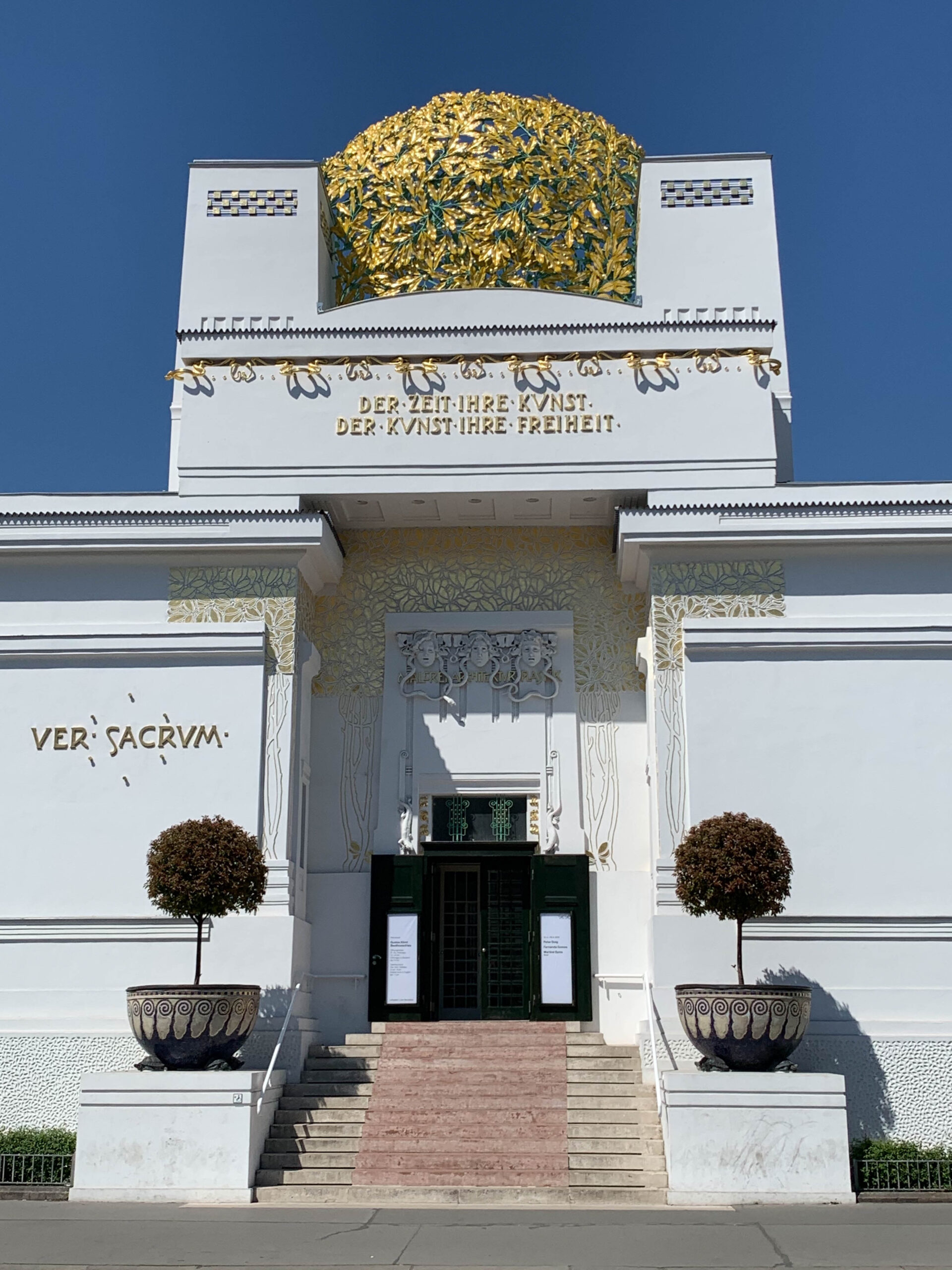

The Horticultural Society for the first secession exhibition in March They had been required to rent for a considerable sum the building of

2017)įrom the onset, one of the most important aims of the secessionists was to have their own exhibition building. Secession Building in Vienna (online Jan. The Main Hall, Gallery, Graphic Cabinet and Ver Sacrum Room) each year. The secessionist idea of the gesamtkunstwerk – a comprehensive work ofĪ total of about 20 exhibitions take place in the Vienna Secession (in This exhibition, conceived asĪn homage to the composer Ludwig van Beethoven, most sublimely embodied Monumental wall cycle – designed in 1902. Its best-known exhibit is Gustav Klimt famous Beethoven Frieze – a The building was damaged by bombs during World War II and set on fireĪdolf Krischanitz was responsible for the most recent renovation in 1984-88. Der Kunst ihreįreiheit” (“For every time its art. Ornamentation and the slogan “Der Zeit ihre Kunst. The building has been adapted and renovated several times: The Vienna Secession Building, was built in 1898 by Joseph Maria Olbrich, in the Jugendstil style as a showcase for the Secession movement’sĪrtists. Rosenman, "Vienna Secession: A History," pub. Ties that they devoted the Secession exhibit of 1903 to Japanese art. Was seamlessly incorporated into everyday life. In Japanese design their ideals of a ‘Gesamkunstwerk’, whereby design Restrained use of decoration, its preference for natural materials overĪrtifice, the preference for handwork over machine-made, and itsīalance of negative and positive space. Japanese design was quickly incorporated by the Secessionists for its With a shinto shrine and Japanese garden and hundreds of art objects. International Exposition of 1873 featured a Japanese display complete The Viennese were also not immune to its influence. Of whom were avid collectors of woodblock prints were quick to Japonism had swept through Europe at the end of theĮighteenth century and French artists like Cezanne and Van Gogh both

The influence of Japanese design cannot be understated in relation Mackintosh’s work was evident by the fact that he was brought to Vienna Geometric design and floral-inspired decorative motifs, played a large William Asbhee and Charles Renee Mackintosh both of whom incorporated The influence came not so much from French and Belgian Art Nouveau, butĪgain from the Arts and Crafts movement. Was the square and the recurring motifs were the grid and checkerboard. Symmetry and repetition rather than natural forms. The Secession developed its own unique ‘Secession-stil’ centred around Issue of Ver Sacrum in 1898 to the work Alphonse Mucha. Had been working in the Jugendstil style prior to joining and the groupĭid honour the Art Nouveau movement in France by devoting an entire

It is true that the Secessionists incorporated many of JugendstilĮlements in its work such as the curvilinear lines that decorate theįacade of the Secession building. Stylistically, the Secession has mistakenly been seen as synonymous with the Jugendstil movement, the German version of art nouveau. Secessionists spurned 19th century manufacturing techniques andįavoured quality handmade objects, believing that a return to handworkĬould rescue society from the moral decay caused by industrialization. Which sought to re-unite fine and applied arts. Respect, the Secession drew inspiration from William Morris and the English Arts and Crafts movement Naturalists, Modernists, Impressionists and cross-pollinated among allĭisciplines forming a total work of art a Gesamkunstwerk. Further detailed below:įrom the onset, the Vienna Secession brought together "The leafwork dome ('golden cabbage') is the symbol of the Secession and visible from afar." - "Secession" on Vienna Now Forever (online Jan. Has been selected to figure on the national side of the €0.50 Austrian Der Kunst ihre Freiheit” (“To everyĪge its art, to every art its freedom”). The building of the same name was completed in 1898.įrieze: “Der Zeit ihre Kunst. In 1896, Gustav Klimt and a number of other artists quit theĬonservative Künstlerhaus and founded a new art association called the


 0 kommentar(er)
0 kommentar(er)
